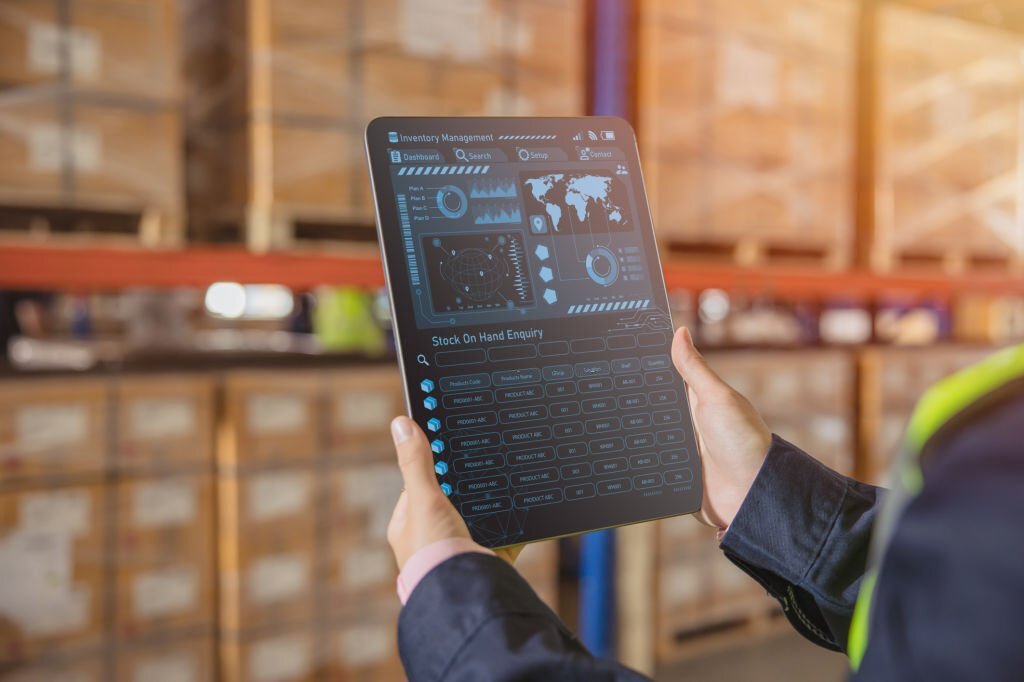Consumer Goods companies face a multitude of tasks when it comes to managing distributors, including inventory management, visit scheduling, claims accounting, supplier outreach, and supply management. The emerging markets are incredibly diverse and extensive, with thousands of distributors handling millions of retailers and billions of potential transactions. As a result, CPG companies must constantly monitor a vast distribution network while managing multiple channels.
To develop effective go-to-market strategies, consumer goods companies require comprehensive visibility into secondary sales execution, including inventory data and scheme utilization. However, companies must also find ways to promote their products while minimizing costs. The solution to such complex management challenges is straightforward: Distributor Management Systems.
Defining The Role of a Distributor Management System
Distributor Management System is a comprehensive solution for managing secondary sales, which optimizes and streamlines the distribution of products through distributors. This powerful tool in CPG distribution management enables companies to effectively manage various business processes, including inventory, logistics, purchase and sales order management, supply management, and analytics.

Effective distributor management is crucial for consumer goods companies to gain market share. Adopting a distributor management system allows for the automation and digitization of sales processes, including inventory management, secondary sales execution, scheme and offer utilization assessment, and purchase and return management, resulting in streamlined secondary sales operations for the company.
Let us understand some of the benefits:
1. Complete visibility of secondary sales: Earlier, consumer goods companies had to rely on distributors to collect data on secondary sales execution, causing delays. However, with a DMS system, companies can now have real-time and comprehensive visibility into secondary sales execution.
2. Improved inventory control: Efficient inventory management is effortlessly achievable with real-time information on sales and stock information. It, in turn, facilitates better decision-making regarding the demand and supply of products in the market.
3. Improved efficiency with lower operational costs: Distributors can now save on costs for workstations and human resources while minimizing revenue loss to the company by reducing damage.
4. Time management: Efficiently streamlining your business processes allows you to allocate saved time towards strategizing, planning, and innovating new methods to enhance and maintain your position in the market.

Difficulties in Implementing a Distribution Management System
When choosing a Distributor Management System for secondary sales operations, the primary obstacle is the reluctance of distributors to adopt the DMS software provided by the brand. It leads to incomplete visibility of secondary sales data. The main reason for this reluctance is that distributors work with multiple brands and products within the same category. They prefer a single management or accounting system for all the brands they deal with, making it difficult for CPG companies to receive and compile data from distributors, especially if there is no cloud integration. Without cloud integration, the distributor may have to wait until the end of the month to send the collected data.
Our cloud-integrated ERP system enables them to continue using their preferred software for entering data, making it easier for the distributors. This approach allows the data of the specific brand into their system and provides companies with complete visibility of secondary sales, aiding inventory management to avoid overstocking or understocking.
Another obstacle to integrating DMS is that many distributors prefer to use individual systems for data entry, such as Tally or similar software that they have used for recording secondary sales execution for years. Our solution can be integrated with software like Tally seamlessly, breaking the reluctance of the distributors to adopt any other software as their DMS.
To sum it all up, the distributor management system is a powerful tool that can empower FMCG & Consumer Goods companies to get better control over their secondary sales execution. However, it can be daunting for a company to convince distributors to adopt its DMS. A cloud ERP Platform like Ivy’s DMS is an ideal solution to deal with the challenge of adoption once and for all supply chain management for your company. Furthermore, it integrates seamlessly with the SFA component for true sales transformation for a Consumer Goods Company.
For increasing profitability and productivity, book a demo of our Distributor Management System and talk to our expert team.